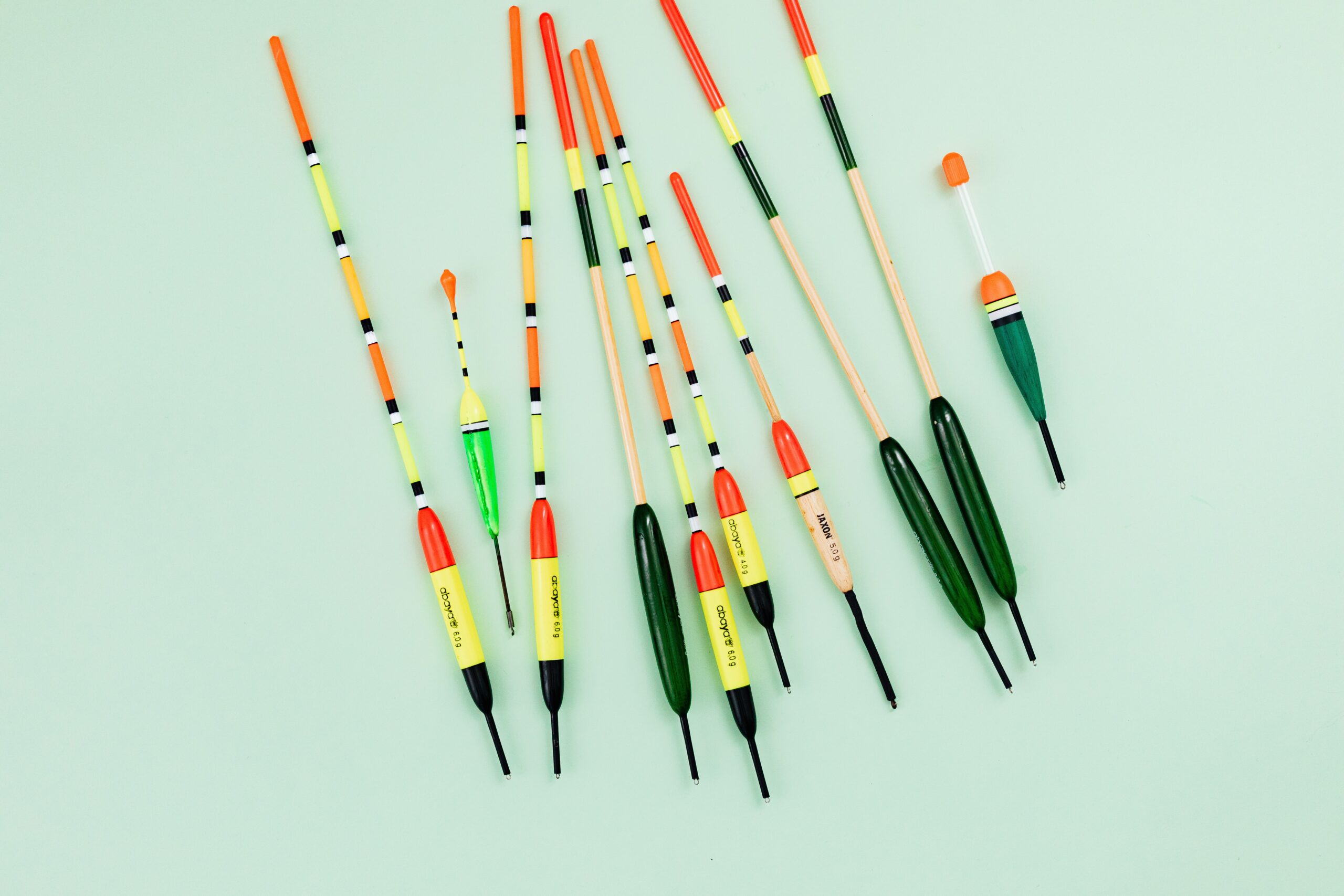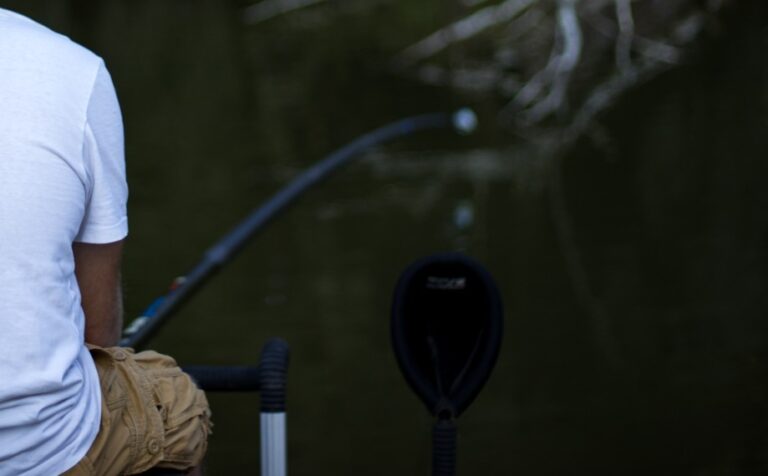Float fishing stands as a cornerstone technique within the realm of coarse angling, captivating fishing enthusiasts with its simplicity and effectiveness. At the heart of this method lies the indispensable tool known as the coarse fishing float. In this comprehensive guide, we will delve deep into the world of float fishing, emphasizing the significance of coarse fishing floats as crucial instruments for success in this angling discipline.
Table of Contents
Why Fish with Floats
Coarse fishing floats play a pivotal role in the art and science of angling, offering anglers a wealth of benefits that contribute to successful and rewarding fishing experiences. These unassuming yet indispensable tools serve as vital indicators, aids in bait presentation, and windows into the underwater world. Let’s explore why the use of coarse fishing floats is a fundamental aspect of angling:
Bait Presentation Precision
Coarse fishing floats are instrumental in presenting baits with precision and finesse. By attaching the baited hook to the float, anglers can accurately position the bait at specific depths, enticing fish that inhabit different strata of the water column. This precision is particularly crucial when targeting species with distinct feeding preferences or when fishing in varying aquatic environments.
Bite Detection and Visibility
One of the primary functions of coarse fishing floats is bite detection. These floats are highly visible on the water’s surface, allowing anglers to monitor any movement or changes in the float’s position. The slightest twitch, bob, or submersion can signal the presence of a fish investigating the bait. This real-time feedback is essential for recognizing when a fish has taken the bait, enabling timely and effective hookset.
Understanding Underwater Dynamics
Coarse fishing floats provide a direct connection to the underwater environment, offering insights into the prevailing conditions such as depth, current, and water movement. Observing how the float interacts with these factors aids anglers in deciphering fish behaviour and adjusting their techniques accordingly. Whether it’s choosing the right float type or modifying bait presentation, this understanding enhances the angler’s ability to adapt and succeed.
Versatility and Adaptability
Different float types cater to various fishing scenarios, making coarse fishing floats remarkably versatile. Whether you’re casting in still waters, flowing rivers, or tight margins, there’s a float type designed to optimize your approach. This adaptability empowers anglers to target a wide range of coarse species and explore diverse fishing environments, adding depth to their angling repertoire.
Immersive Angling Experience
Using coarse fishing floats adds an element of anticipation and engagement to angling. The visible presence of the float creates a direct connection between the angler and the fish, fostering a sense of excitement and immersion. Watching the float’s movements and responding to its cues creates a dynamic and interactive angling experience that is both rewarding and captivating.
In essence, coarse fishing floats are more than mere tools; they are conduits that bridge the gap between angler and fish, facilitating a deeper understanding of aquatic ecosystems and enhancing the thrill of the catch. By incorporating these versatile and essential instruments into their angling arsenal, anglers unlock a world of possibilities and elevate their coarse fishing endeavours to new heights of expertise and enjoyment.
Types of Coarse Fishing Floats
Within the realm of coarse fishing, three distinctive types of floats – the Waggler, the Stick, and the Pole float – stand out as essential tools for anglers seeking success in diverse fishing environments. Each of these floats offers unique advantages, catering to specific angling techniques and conditions. Let’s delve into the characteristics and applications of these floats:
- Waggler Floats: Waggler floats, recognized by their elongated and slender design, are a staple in the coarse angler’s tackle box. They excel in both still waters and slow-moving currents, offering exceptional versatility. Waggler floats can be affixed either bottom-end only or between float stops, allowing precise depth adjustment. Their buoyant construction keeps them visible and steady on the surface, making them perfect for presenting baits at various depths. Waggler floats shine when targeting species like roach, bream, and tench, and they lend themselves well to methods such as freelining and surface fishing.
- Stick Floats: Stick floats are renowned for their simplicity and efficiency, particularly in rivers and flowing waters. Characterized by their elongated body and streamlined shape, stick floats are designed to navigate currents with minimal resistance. This enables anglers to present bait naturally and with precision. The length of a stick float can be adjusted to match the depth of the water, making it a versatile choice for various river fishing scenarios. They shine during trotting techniques, where the float is allowed to drift downstream, covering a wide area and enticing fish like chub, barbel, and grayling.
- Pole Floats: Pole floats play a crucial role when precision and finesse are paramount. These compact and highly sensitive floats are tailored for use with fishing poles or long rods. Their streamlined design minimizes water resistance, enabling anglers to present baits with pinpoint accuracy. Pole floats are often employed when fishing close to the bank or in confined spaces, where precise bait placement is essential. They’re a favourite for catching carp, perch, and F1 hybrids, particularly in commercial fisheries and canals.
By understanding the distinctive features and applications of Waggler, Stick, and Pole floats, coarse anglers can enhance their fishing techniques and adapt to varying fishing conditions. Whether you’re casting into serene lakes, meandering rivers, or tranquil canals, these floats offer the angler a versatile toolkit to entice a wide range of coarse species and embark on an immersive fishing journey.
Coarse Fishing Float Rig
Mastering the art of coarse fishing demands a well-structured and precisely assembled float rig. A properly set up rig ensures optimal bait presentation, accurate bite detection, and an increased chance of success. Here’s a step-by-step guide on how to create a coarse fishing float rig, covering float weight selection, shotting patterns, and setting the depth using a plummet:
Selecting the Right Float
Choosing the appropriate float is the cornerstone of a successful rig. Consider the fishing environment, target species, and prevailing conditions. Lighter floats are suited for calm waters, while heavier floats handle choppier conditions. The size and shape of the float should correspond to the size of the bait and the species you’re targeting.
Shotting Patterns
Shotting patterns involve positioning weights (shot) along the fishing line to achieve balanced buoyancy and proper presentation. Start by placing a bulk shot around 12-18 inches above the hook, acting as an anchor to keep the baited hook submerged. Distribute additional shot evenly above and below the bulk shot to achieve the desired float posture and sensitivity. Fine-tune the pattern based on water conditions and fish behaviour.
Setting the Depth with a Plumb
Setting the correct fishing depth is vital for enticing fish at their preferred level. To determine the depth accurately, follow these steps:
- Attach your chosen float to the line, ensuring it’s secure and balanced
- Attach a plummet (a weighted object) to the hook, then cast the rig into the water where you intend to fish
- Allow the plummet to sink until it rests on the bottom. Gently lift the rod tip until you feel the plummet lift off the bottom, indicating a clear vertical line between float and plummet
- Note the position of the float’s base on the line. This indicates the water’s depth at your fishing spot
- Adjust the depth by sliding the float along the line, accounting for the length of the plummet and the distance from the float’s base to the hook
Casting and Presentation
With the rig properly set up, cast gently into the chosen fishing area. Allow the float to settle, and watch for any movements or indications of fish activity. Pay close attention to the float’s behaviour, as even the slightest change could signal a bite. Be patient and ready to strike when you see a convincing bite indication.
Remember, practice and experimentation are key to refining your coarse fishing float rig setup. By fine-tuning your float’s weight, shotting patterns, and fishing depth, you’ll gradually develop the expertise needed to tailor your rig to different fishing scenarios, increase your catch rates, and enjoy a rewarding and fulfilling coarse fishing experience.




